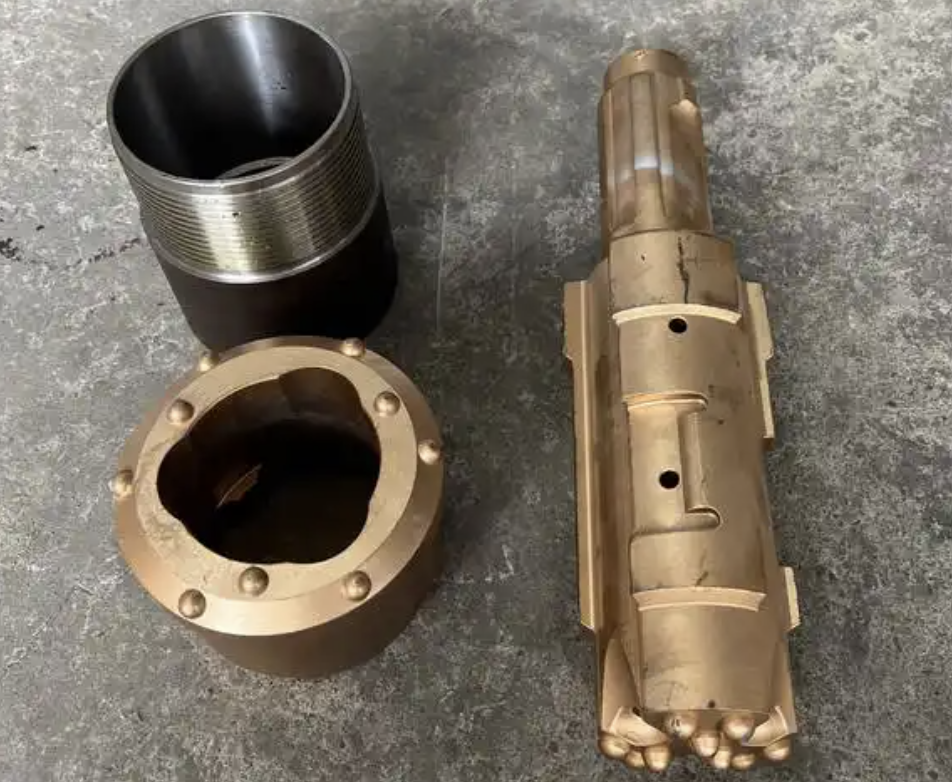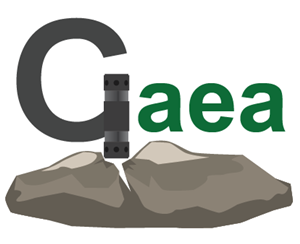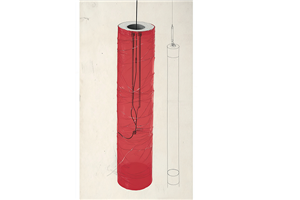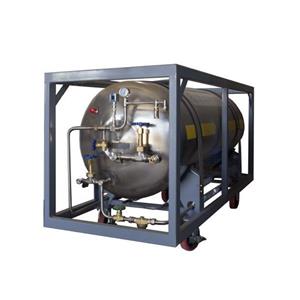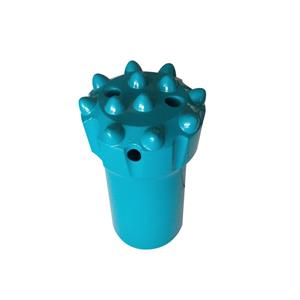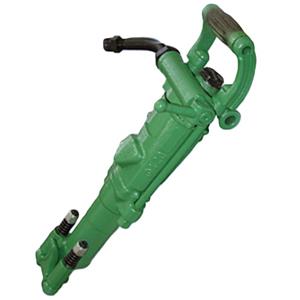Stop buying DTH drill bits blindfolded — match the bit to the rock and double your efficiency!
Many projects buy good-quality DTH bits but still get slow penetration, rapid wear, or frequent bit changes. That slows schedules and raises costs. The real issue isn’t always the bit brand or price — it’s selecting a bit that matches the rock’s characteristics.
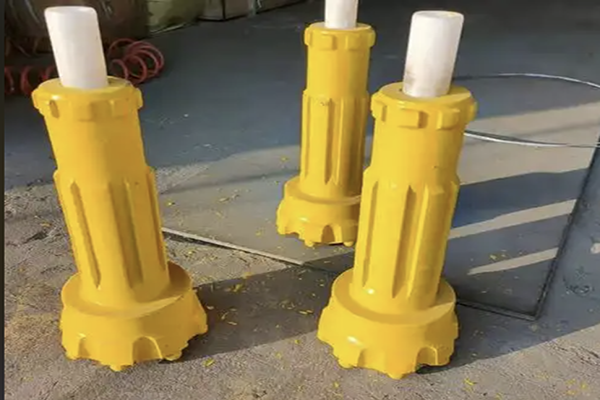
The core logic is simple: base your choice on two main rock features — hardness and structure — and match those to the bit’s tooth shape, rock-breaking principle, and flushing capability. That balance delivers drilling speed, bit life, and operational stability. Here’s a practical method to pick correctly.
Start with rock hardness — pick the right tooth shape for speed and wear resistance Rock hardness is the primary criterion. Use Mohs hardness or compressive strength to classify the rock, then choose a pointed/chisel-style bit or a button (tungsten carbide) bit. They suit very different conditions and must not be mixed up.
Soft to medium-soft rock (Mohs 3–5, compressive strength < 80 MPa) Typical rocks: limestone, sandstone, shale, claystone, mudstone — easily scratched with a knife, low drilling resistance. Recommended: pointed/chisel DTH bits Why: • Fast cutting: sharp wedge or cone-shaped carbide teeth cut into soft rock quickly, often boosting penetration by 30%+ versus general bits. • Lower cost: chisel/pointed bits are simpler to make and typically 20–30% cheaper than button bits, offering better economy in easily drillable formations. • Caution: do not use on hard rock — stress concentration will chip teeth and wear them out rapidly.
Hard to very hard rock (Mohs 6–10, compressive strength ≥ 80 MPa) Typical rocks: granite, basalt, quartzite, diabase, iron ore — very resistant to impact. Recommended: button (tungsten carbide) DTH bits Why: • Excellent wear resistance: buttons are made from tungsten carbide-cobalt alloys with surface hardness often above HRC85, lasting 2–3 times longer than pointed teeth in hard rock. • Impact toughness: button contact is point-based, concentrating and distributing impact energy to crush the rock while reducing tooth breakage. • Stable drilling: even as buttons wear they self-sharpen to some degree and maintain rock-breaking ability, reducing hole deviation — ideal for long runs in hard formations.
Check rock structure — solve special conditions and avoid jamming or hole deviation Beyond hardness, structural features (joints, clay content, toughness) greatly affect drilling. Use special-purpose bits for these conditions.
Highly jointed or fractured rock (e.g., broken sandstone, weathered granite) Problems: incomplete rockmass causes hole deviation and heavy lateral forces that chip bit edges. Recommended bits: • For soft/medium fragmented rock: convex-face pointed bits • For fragmented hard rock: wide-body button bits Why: convex pointed faces spread lateral forces and protect tooth edges; wide-body button bits have optimized button spacing to handle irregular loading and can cut hole deviation risk by over 50%.
Clay-rich or high-moisture formations (e.g., clay layers, argillaceous sandstone) Problems: clay sticks to the bit and clogs central flush holes, preventing cuttings removal; poor flushing causes grinding, overheating, jamming, and possible drillstring damage. Recommended: side-flush (lateral-flushing) DTH bits (regardless of pointed or button teeth — prioritize flushing design) Why: side-flush holes discharge cuttings sideways instead of through the center, avoiding clay blockage. Timely removal of cuttings reduces grinding and heat, greatly lowering jamming risk.
High-toughness, hard-to-fracture rock (certain metamorphic rocks, dense shales) Problems: high toughness causes pointed bits to skid and fail to cut; regular button bits may need excessive torque and give very slow penetration. Recommended: • Improved option: wedge-shaped/chisel-improved DTH bits (upgraded pointed teeth) • High-efficiency option: high-density button bits Why: wedge-shaped teeth combine a wide cutting edge with a sharp angle to shear the rock and avoid slipping; high-density button bits have 20–30% more buttons than standard, spreading impact and increasing rock-breaking per unit area — effective for sustained breakage in tough formations.
Verify with trial drilling — adjust based on feedback If you’re unsure about the rock, do a small trial drill: it’s fast and decisive.
Signs of a good match • Tooth edges show no major chipping and wear evenly; • Penetration rate is stable and holes remain straight — you can proceed to full production.
Signs you need to change the bit • Slow penetration + rapid tooth wear — e.g., using a pointed bit in hard rock; switch to a button bit. • Poor flushing + bit overheating — e.g., using a center-flush bit in clay-rich ground; switch to a side-flush design.
Choosing a DTH bit isn’t about price or brand alone — it’s about reading the rock. First select pointed/chisel vs button by hardness, then choose special-function variants by rock structure, and finally validate with a short trial drill. Do that, and you’ll avoid common pitfalls and get far better drilling performance.
